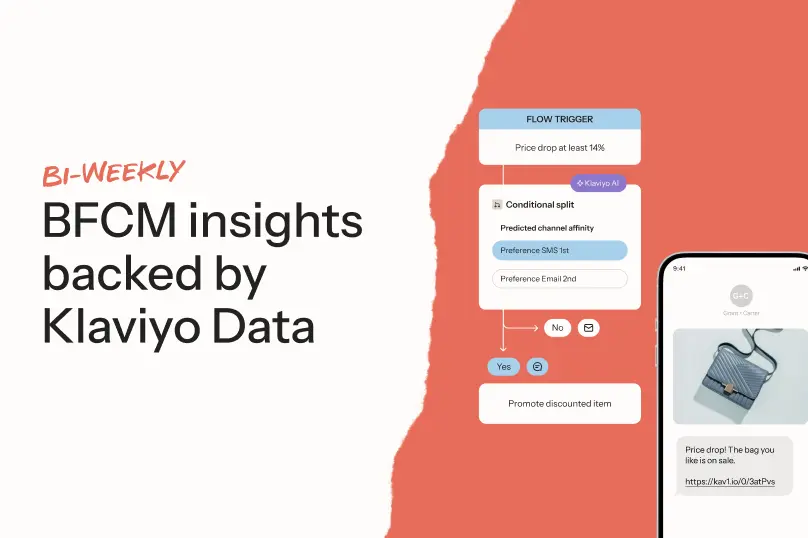“Girl math” isn’t just for girls: it’s a growth strategy in disguise

You’ve probably heard of “girl math,” the viral logic that justifies the purchase of an expensive pair of shoes if it’s on sale, bought with store credit, or replaces something you already own. With two teenage daughters, I’m no stranger to “girl math.” But it’s more than just a meme, it’s a real spending mindset that extends beyond gender.
According to Klaviyo’s latest global shopping report, 58% of shoppers, across all genders, admit they frequently or always convince themselves a purchase is free when using rewards or discounts.
That’s no coincidence, it’s a basic truth about how consumers think, and the best brands know how to make the most of it.
The psychology of the ‘free purchase’ mindset
Shoppers want to feel like they’re getting a good value for their money. They stack promo codes. They redeem points. They spend more to reach the free shipping threshold. Not because they’re cheap, but because it feels good to win.
That feeling cuts across every demographic—men, women, Gen Z, Boomers, budget-conscious and luxury shoppers alike. In fact, Gen Z is most influenced by the “free purchase” mindset (74%), followed closely by Millennials (68%). Whether it’s stacking promo codes, cashing in points, or unlocking free shipping, people are more likely to buy when it feels like they’re getting more for less.
This behavior also isn’t just about chasing discounts. Shoppers at every income level engage in it. Higher-income consumers may spend more, but 54% of those earning between $150K and $200K frequently justify purchases as “free.” They still look for value, and justify purchases, just like everyone else.
The opportunity for brands
Personalized incentives aren’t just about slashing prices, they’re about aligning with how people want to feel about their purchases.
We know consumer purchases are often driven more by emotion than logic. Using dynamic offers, reward-driven messaging, and loyalty-driven segmentation, brands can turn common “discount logic” into a scalable growth strategy.
Takeaways for marketers
Smart marketers don’t dismiss “girl math,” they use it to better understand what makes consumers come back.
- Lean into personalization: Custom discounts or rewards based on behavior or lifecycle stage feel more “earned”, and therefore more justifiable to consumers.
- Use email smartly: This is the top channel consumers use to keep up with brand offers, especially for non-essential and emotionally-driven purchases across beauty (39.5%), fashion (38.4%), and travel (39.9%).
- Reward your omnichannel shoppers: Our data shows most consumers use 3–4 channels regularly. Consistency and connectivity across those touchpoints helps keep the reward loop going.
In short: girl math is just spending logic. And when you understand how people rationalize spending, you can create smarter, stickier, and more emotionally driven marketing.

Related content

Learn 5 ways to turn new holiday shoppers into repeat buyers using personalization, seamless returns, targeted outreach, and AI-driven customer experiences.

Learn what to include in your photography style guide to create consistent, on-brand visuals across your B2C marketing channels.

Shopping is about to hit its peak season. But this year’s surge will look different from those before it. Instead of impulsive buying sprees, shoppers are entering the holidays with a more deliberate mindset.